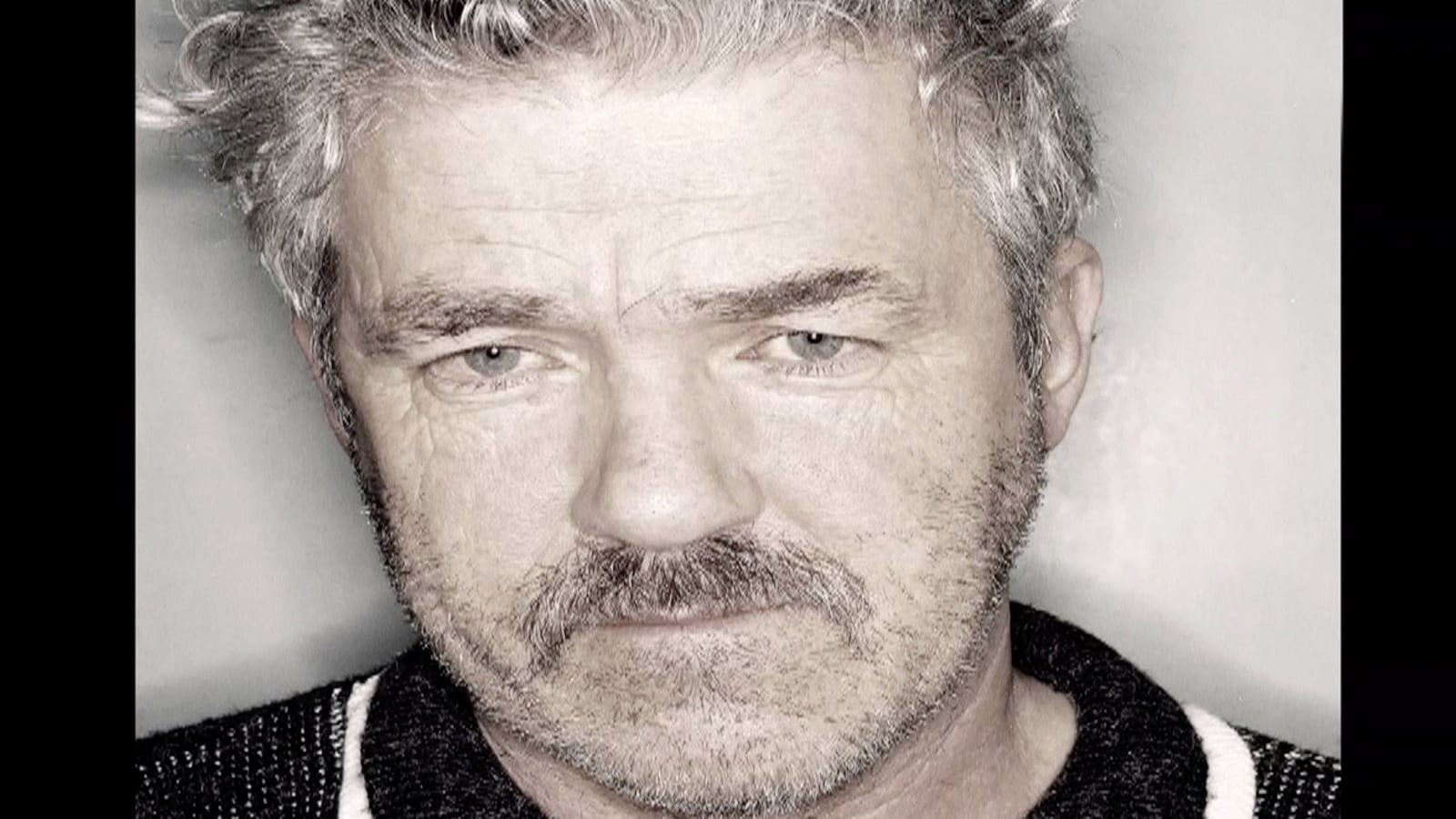Discussing the search for material evidence in The Pembrokeshire Murders: Catching the Game Show Killer, forensic analyst Dr. Angela Gallop states, “Every contact, absolutely, I’m sure leaves a trace. It’s just whether or not we’re clever enough to find it.” Clever she and her compatriots certainly were when it came to multiple cases of murder and rape in Wales’ southwest county of Pembrokeshire. A sleepy coastal region known as a vacation spot, Pembrokeshire was a peaceful rural idyll—until, in 1985, a double homicide ushered in a wave of carnage that, investigators soon came to believe, was being carried out by a lone individual.
Premiering on Britbox (the BBC/ITV streaming platform) on Feb. 2, The Pembrokeshire Murders: Catching the Game Show Killer is a non-fiction companion piece to the service’s three-part dramatic miniseries The Pembrokeshire Murders starring Luke Evans. As such, it’s bolstered by dramatic reenactments of a higher order than most found in today’s true-crime efforts. Nonetheless, the chief draw of Matthew Tune and Jonathan Hill’s hour-long documentary is that it gets to the heart of the matter with less fanfare than its scripted sibling, taking a clear-sighted, archival footage-based approach to recounting the horrors that befell Pembrokeshire beginning in 1985, when siblings Richard and Helen Thomas were incinerated during a raging fire in their secluded manor house. Investigators quickly identified shotgun wounds on both of their bodies, rope tied around Helen’s neck, and signs that she had also been sexually assaulted—all of which indicated that the inferno had been staged to cover the tracks of a twin murder.
One of the many local residents interviewed about this incident was 41-year-old handyman John Cooper. However, since he had a rock-solid alibi—his family claimed that on the rainy night in question, he’d been at home with them—police dismissed him as a suspect, and with no other potential culprits on their radar, the case went cold. Then, in 1989, a similar slaying took place on a coastal path. The victims, husband and wife Peter and Gwenda Dixon, were found beneath twigs and bushes not far from their camping tent and vehicle, she partially unclothed (suggesting sexual assault), and both of them tied up and shot numerous times with a shotgun. As former detective chief superintendent Don Evans recalls, it was “the most horrific sight you’d ever see. The worst I’ve ever seen. It was an assassination.”
Through interviews with the officers tasked with looking into this atrocity, The Pembrokeshire Murders: Catching the Game Show Killer reveals that on this second homicidal occasion, the mysterious fiend made a crucial mistake: he took the Dixons’ credit cards and used them at various ATM machines around the area. More than 6,000 witness statements later, cops produced a sketch of their target—a modestly built white male with shaggy hair and an unkempt appearance, carrying a backpack and wearing boots and shorts. The image came to be known as “The Wild Man,” and it gave detectives a further lead with which to work. Unfortunately, though, their sleuthing would swiftly hit another dead end.

Victims (L-R) Peter and Gwenda Dixon and brother and sister Richard and Helen Thomas from The Pembrokeshire Murders: Catching the Game Show Killer.
via BBCLaw enforcement’s initial big break turned out to be fortuitous—Cooper was arrested and convicted of 30 burglaries and one robbery for a string of thefts in the Pembrokeshire area, earning him the nickname “The Super Burglar.” He was sentenced to 16 years in prison for these infractions, and while he was incarcerated, police reopened the prior two double-murders via the clandestine Operation Ottawa, reviewing over 11,000 exhibits and over one million documents. What they discovered was yet another unsolved nearby case—a rape and sexual assault of two young women. They also came to believe that Cooper was their man, and an ensuing examination of a pair of his shorts turned up traces of DNA, and fibers, that linked him to all three of these baffling crimes. Moreover, discarded gloves from a failed robbery were also connected to Cooper through forensic analysis.
At that point, Detective Chief Superintendent (and Operation Ottawa senior investigating officer) Steve Wilkins lasered in on Cooper, and the last piece of this whodunit puzzle came from the unlikeliest of sources—and provides The Pembrokeshire Murders: Catching the Game Show Killer with its intriguing title. Bolstered by not only news reports from the era but also old TV footage, Tune and Hill’s documentary explains that the final nail in Cooper’s coffin was his appearance—three weeks before the Dixon murders—on the popular and long-running game show Bullseye, in which contestants answer general knowledge questions and play darts in order to win prizes. With the aid of ITV news reporter Jonathan Hill, an archivist manually combed through hundreds of hours of episodes to find Cooper’s installment. What it proved was that, in 1989, Cooper boasted the identical long, shaggy hair and physical build of the “Wild Man” sketch-artist impression. As one interviewee states, “It was like a tracing.”
Additional scrutiny of Cooper’s shotgun and home—which turned up even more blood and fibers—irrefutably corroborated detectives’ theory, thereby verifying Gallop’s belief that sometimes the trick to catching a killer is not only initially locating evidence but knowing how to precisely interpret it. The Pembrokeshire Murders: Catching the Game Show Killer thus stands as a case study in investigative doggedness, and the fact that looking at crimes from a fresh perspective—or with new eyes—is often central to uncovering the sort of smoking-gun “golden nuggets” that Wilkens sought, and eventually attained, in his quest to put Cooper behind bars.
On the other hand, though, The Pembrokeshire Murders: Catching the Game Show Killer is simply another portrait of “cold, controlled evil,” here embodied by a man who—like The Night Stalker’s Richard Ramirez and The Night Caller’s Eric Edgar Cooke—temporarily evaded capture by committing several serial offenses at the same time, which confounded detectives who didn’t immediately consider the possibility that these disparate felonies could be the handiwork of a single monstrous individual. As a result, it’s no surprise to learn, at documentary’s close, that Wilkens still believes Cooper was guilty of more than just the crimes for which he was convicted—even if, for now, he can’t scientifically prove it.


